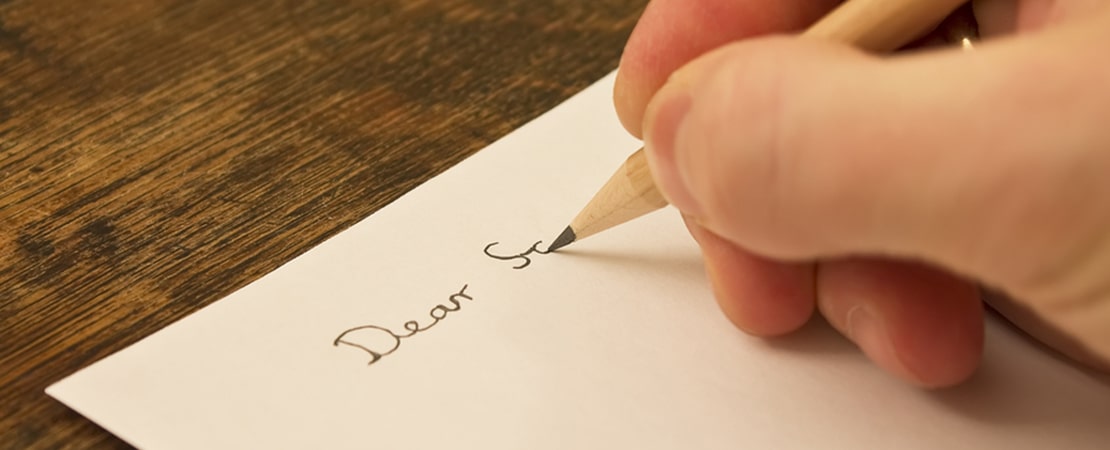Writing a letter may seem like a lost art in today’s digital age, but there are still many occasions where a well-written letter can have a meaningful impact. Whether it’s a formal business correspondence or a heartfelt note to a friend or loved one, knowing how to properly address a letter is a valuable skill. In this blog post, we will walk through the essential elements of writing a letter, from selecting the appropriate salutation to composing the opening greeting. By following these steps, you can ensure that your letters are both respectful and effective in conveying your message. So, let’s dive in and learn how to address a letter with confidence and grace.Optimize your letter writing with our comprehensive guide on selecting salutations, including addresses, adding dates, and composing opening greetings. Perfect for formal communication.
Select Appropriate Salutation

When addressing a letter, it is important to select the appropriate salutation. This is the greeting at the beginning of the letter and it sets the tone for the rest of the correspondence. The salutation should be formal and respectful, especially in business or formal letters. It is essential to know the recipient’s title and use it appropriately, such as Dear Mr. Smith or Dear Dr. Johnson. Avoid using informal salutations like Hey or Hi in professional settings.
Additionally, consider the relationship and level of formality with the recipient. For example, if you are writing to someone you are familiar with, but still maintain a professional relationship, Dear [First Name] may be appropriate. On the other hand, if you are addressing a letter to a superior or someone you do not know well, using their title and last name is more suitable. Show respect and courtesy through the selection of the salutation to set a positive tone for the rest of the letter.
Include Recipient’s Address
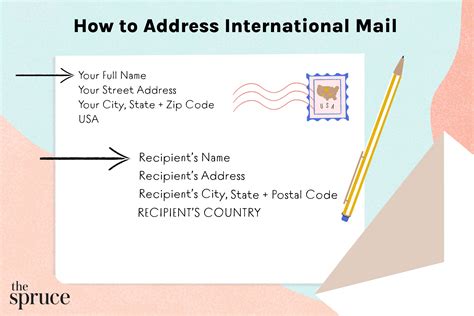
How to address a letter
When addressing a letter, it is important to include the recipient’s address. This ensures that the letter reaches the intended person or organization without any delays. The recipient’s address should be written at the top left corner of the letter. It should include their full name, street address, city, state, and zip code. If you are sending the letter internationally, you should also include the country name in the recipient’s address.
It is crucial to double-check the recipient’s address before sending the letter to avoid any mistakes or misdeliveries. In addition to including the recipient’s address, you should also include your own address at the top right corner of the letter. This will enable the recipient to easily respond to your letter if needed.
Add Date of Writing
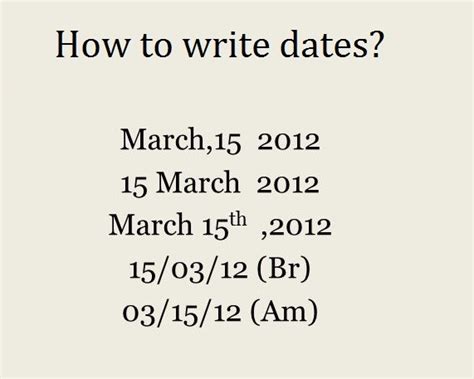
How to Address a Letter
How to Address a Letter
When writing a letter, it is essential to include the date of writing. This not only helps the recipient know when the letter was written, but it also adds a level of formality and professionalism to the correspondence. Including the date also ensures that the letter is not mistaken for an outdated or irrelevant document.
One way to include the date of writing in a letter is to place it at the top of the page, aligned to the left. This can be done by writing out the full date, including the month, day, and year. For example, January 15, 2023. Alternatively, the date can also be written in a numerical format, such as 15/01/2023. Whichever format is chosen, it is important to be consistent throughout the letter.
| Month | Day | Year |
|---|---|---|
| January | 15 | 2023 |
By including the date of writing in a letter, the sender can provide important context for the recipient and ensure that the correspondence is clear and relevant.
Compose Opening Greeting
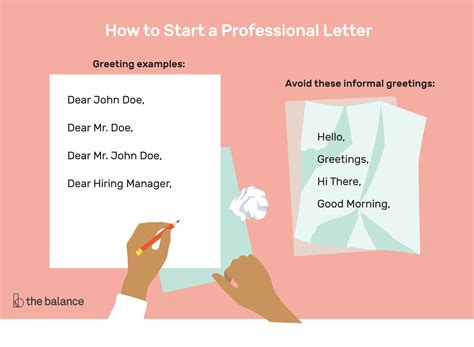
When addressing a letter, it is important to start with a proper opening greeting. This sets the tone for the rest of the correspondence and shows respect to the recipient.
One way to address the opening greeting is by using Dear followed by the recipient’s title and last name if known. For example, Dear Mr. Smith or Dear Dr. Jones. If the recipient’s name or title is unknown, it is appropriate to use a generic greeting such as To Whom It May Concern or Dear Sir/Madam.
Write the Body of the Letter
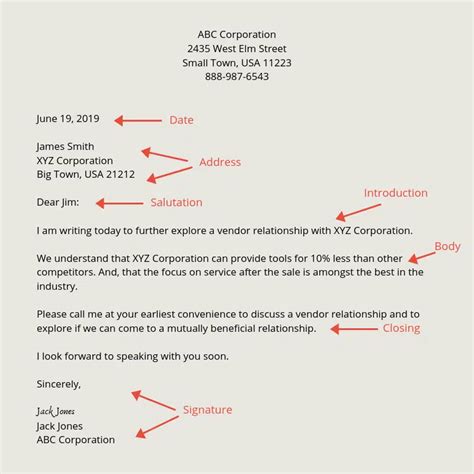
Once you have addressed the letter properly and composed an opening greeting, it’s time to write the body of the letter. This is where you will convey your message or reason for writing the letter. It’s important to be clear and concise in this section, providing all necessary details or information that the recipient needs to know.
When writing the body of the letter, make sure to organize your thoughts in a logical manner. You can use bullet points or numbered lists to highlight important points. This will make it easier for the recipient to read and understand the content of the letter. Additionally, consider using a table to present any relevant data or information in a structured and easy-to-read format.
Frequently Asked Questions
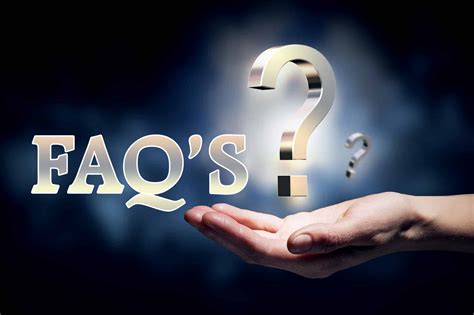
What is the proper way to address a letter?
The proper way to address a letter is to start with the recipient’s name and address, followed by the date, then the salutation, and finally the body of the letter.
Should I use ‘Dear Sir/Madam’ if I don’t know the recipient’s name?
It is best to use ‘Dear Sir/Madam’ as a last resort. If possible, try to find out the recipient’s name through research or by contacting the organization.
How do I format the recipient’s address on the letter?
The recipient’s address should be formatted with their name on the first line, followed by their street address, city, state, and zip code on subsequent lines.
What is the proper way to end a letter?
The proper way to end a letter is with a closing, such as ‘Sincerely’ or ‘Best regards’, followed by your signature and printed name.
Should I include my own address when addressing a letter?
Yes, it is customary to include your own address in the top right corner of the letter, below the date. This helps the recipient know where the letter is coming from.
Is it appropriate to abbreviate the state in the recipient’s address?
It is best to use the full name of the state in the recipient’s address, rather than abbreviating it. This ensures clarity and accuracy in delivery.
How important is it to use the correct title and salutation when addressing a letter?
Using the correct title and salutation is important as it shows respect and professionalism. It is worth taking the time to find out this information.

